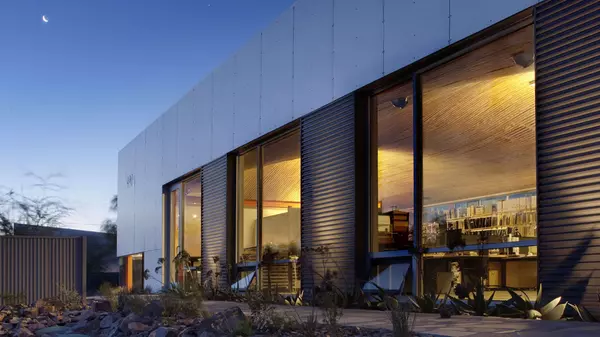How can San Diego better meet people’s needs? A new guide for city workers aims to break it down.
The city of San Diego is seeking feedback from residents on a new guide designed to help city employees engage with more community members on local projects.
The Inclusive Public Engagement Guide, released last month, gives city staff a set of resources to inform inclusive public outreach, including best practices for collecting community input and engaging with underrepresented groups.
The guide is intended for the city’s internal use, but community members are also encouraged to consult it to better understand how to participate in city decisions.
“One goal is to better serve the public — which includes community members, businesses and organizations — by including more voices during city decision-making,” Planning Department spokesperson Peter Kelly said in an email.
He said the guide would improve efficiency by creating a standardized process for how staff engage with the public.
The guide is open for public feedback until Oct. 19, and residents can also share their thoughts at an in-person workshop Friday at the Mission Valley Library.
The Planning Department plans to bring the guide to the City Council’s Rules Committee as an informational item this fall.
The city says it has already been implementing most of the techniques in the guide, which serves to organize the resources in one place to standardize how and when to use them.
While some community members say the guide will be a helpful tool for city staff, they aren’t fully convinced it will lead to more community engagement.
Jean Huy Tran, the executive director of Viet Voices, a nonprofit aimed at increasing civic engagement among San Diego’s Vietnamese community, called the guide “a good first step.” But he sees a lack of engagement rooted in trust and relationships with communities, and he’s “skeptical” the new guide will change that.
“It doesn’t happen overnight,” he said. “It doesn’t happen because somebody’s written a document.”
Youth and people of color are the groups most frequently underrepresented in public engagement, according to the city’s guide — a finding based on city surveys, representation among local advocacy groups and the demographics of people who engaged in recent citywide projects.
The new guide includes specific resources for engaging with individual groups, including youth, structurally excluded communities, older adults and LGBTQ+ people.
It also includes information about how to reduce barriers to participation, such as language barriers or limited access to technology.
Marcella Bothwell — who chairs the Pacific Beach Community Planning Group as well as the advocacy group San Diego Parks Foundation, which opposes high-density housing development — says she understands the challenges of engaging with underrepresented groups.
In her Pacific Beach community, she says it’s difficult to get the perspective of younger people, especially those with busy work and family schedules who don’t have time to attend community events. “From a practical standpoint, it’s almost impossible,” Bothwell said.
Bothwell attended a Community Planners Committee meeting in late September where a city staff member presented on the engagement guide. She wants to see more engagement action from city department leaders.
The guide, which has been in development for several years, stemmed from the Parks Master Plan and Climate Resilient San Diego plans adopted in 2021, which encouraged greater community engagement and partnerships.
Over the last few years, the city collected suggestions for the guide, including in a series of discussion group meetings with 10 residents from different communities and backgrounds.
Andrea Schlageter, the chair of the Ocean Beach Community Planning Group, was a part of the discussions. She says the draft of the guide feels “super reflective” of the group’s conversations.
But she still sees a gap between the city’s current engagement techniques and community knowledge about city projects.
“Sometimes, especially from a planning board standpoint, we feel like we’re engaged too late to make a difference,” she said. “And it is unfortunate that the gap right now is that we have to be proactive to be engaged, instead of being actively engaged by the city.”
Categories
Recent Posts










GET MORE INFORMATION


